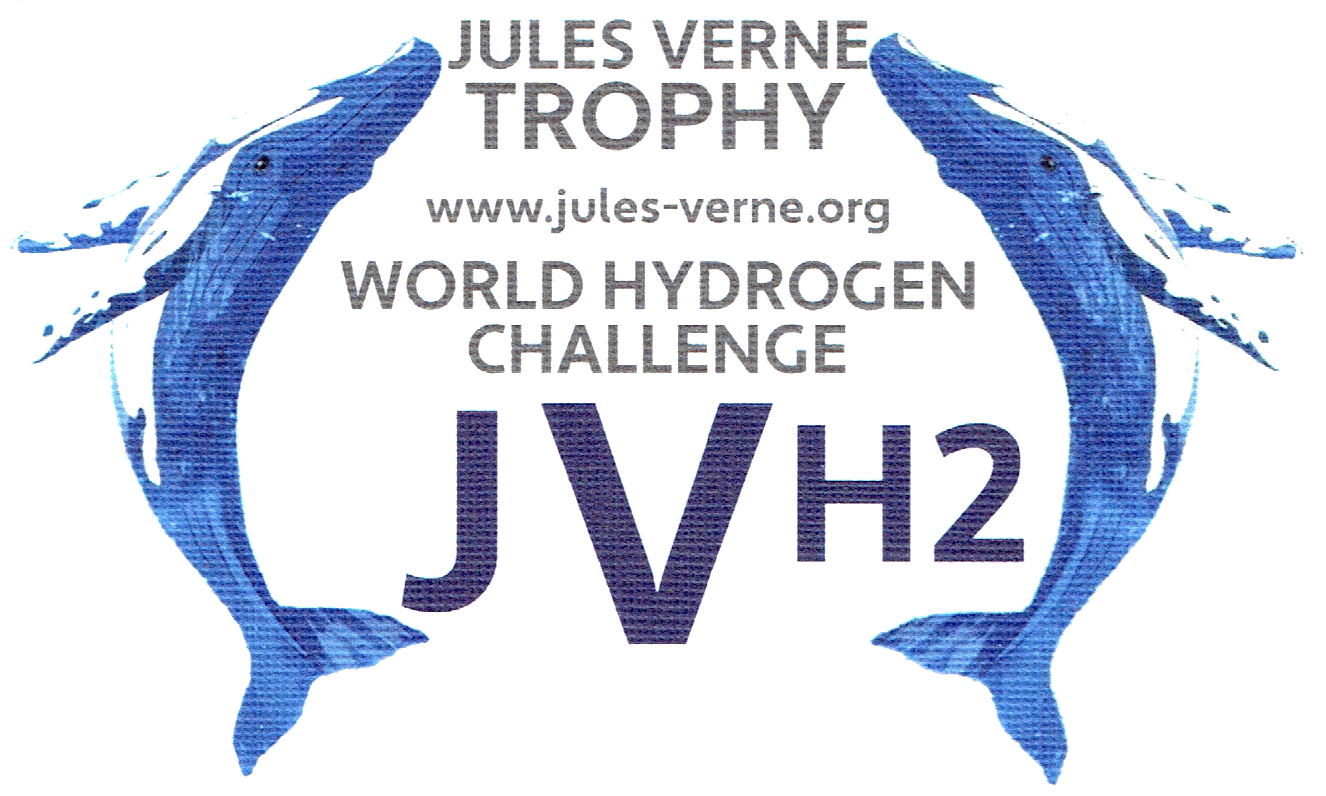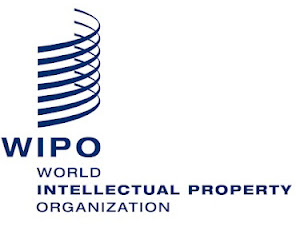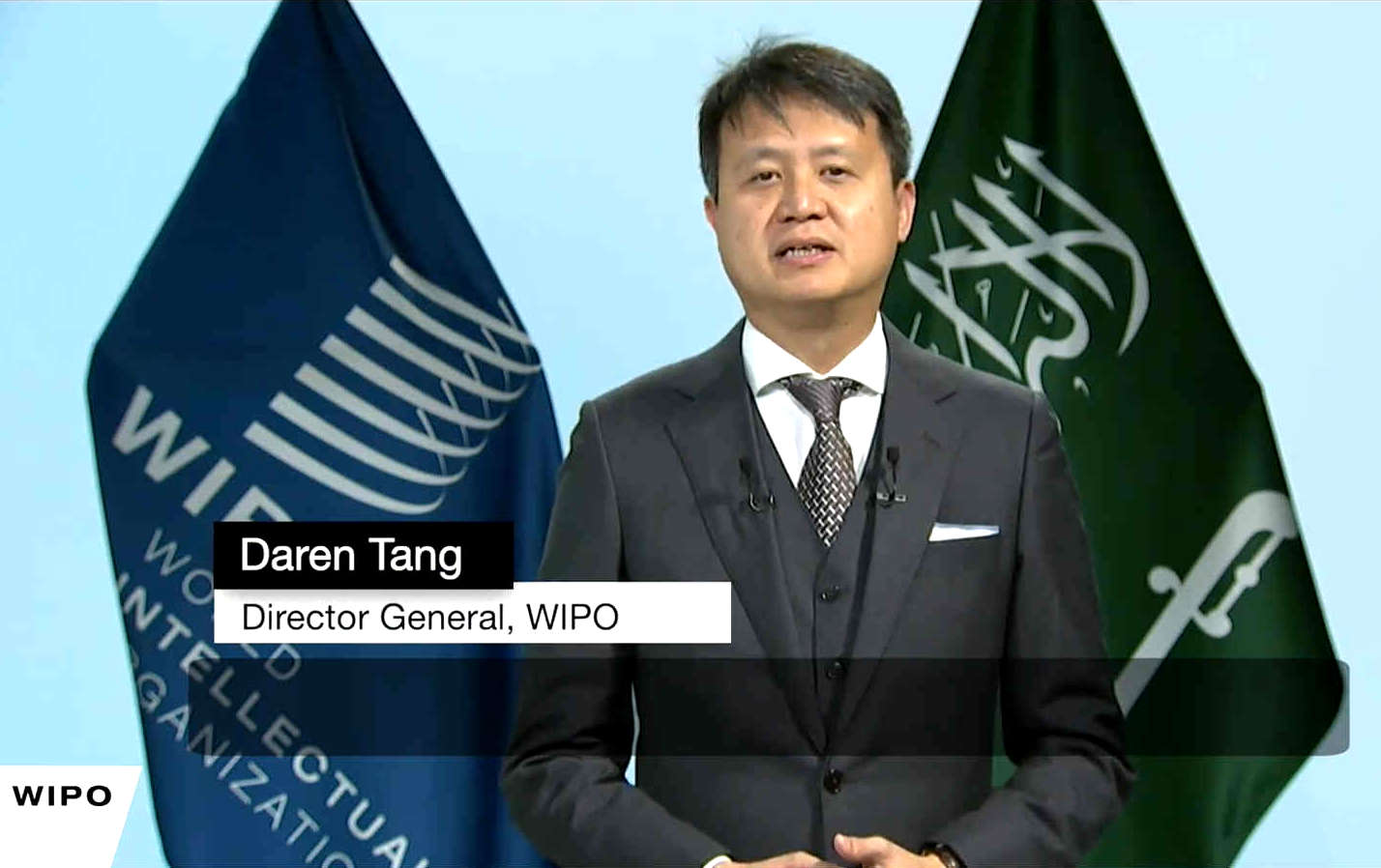|
WHAT IF SOMEONE WANTS TO USE YOUR WORK? A-Z OF COPYRIGHT
Please use our A-Z to navigate this site, or see HOME
|
|
Copyright is a protection for original literary or artistic work. Like the leaping humpback whales artwork above. Copyright is free, after publication or other assertion of your rights.
|
| IN |
|
WHAT
IF SOMEONE WANTS TO USE YOUR WORK?
The
complexity of any licence will depend on what the work is. If it is a
book or film
script, or a song,
then the terms will most likely be in the form of a contract agreement.
The international agreement that provides this level of protection is called the Berne Convention..
The
Copyright, Design and
Patents Act 1988 gives you a longer period of protection than previous historic legislation.
WHEN IS YOUR (MY) WORK PROTECTED BY
COPYRIGHT
In the UK, the first copyright Act of Parliament dates back to the Statute of Anne in 1709.
COPYRIGHT - This hand built prototype vehicle, is copyright protected. So too would any workshop manuals, CAD drawings and where applicable, computer programs. Designs may also be registered, but the artistic copyright is automatically covered, with each photograph and drawing, and of course the full size bodywork, chassis layout, interior design, etc., etc, is protected by Design Copyright. It makes a nonsense of the patent system, that costs so much, no start up could ever compete. And generally, the existing companies, do not want you competing, though some will be scouting for talent and skills. Students with no previous experience helped to build this custom car, now on display at a private museum in Sussex - though not yet open to the general public.
Copyright is legal right that protects the use of your work once your idea has been physically expressed. The current copyright legislation in the UK is the Copyright, Designs and Patents Act 1988. You can find out more about copyright legislation by visiting the Intellectual Property Offices (websites) in your country, or the WIPO, international World Intellectual Property Organization, a division of the United Nations.
EXAMPLES
OF WORKS PROTECTED BY COPYRIGHT:
|
|
Headquarters:
World Intellectual Property Organization - 34, chemin des Colombettes - CH-1211 Geneva 20, Switzerland.
|
|
Please use our A-Z to navigate this site
This website is Copyright © 2023 Cleaner Ocean Foundation Ltd, an equal opportunities company. This website is carbon friendly, using less energy to load on average per page via simplicity & picture optimization. The same may not apply to third party links. The broaching humpback whale logo featured on this site is © Copyright COF.
|


